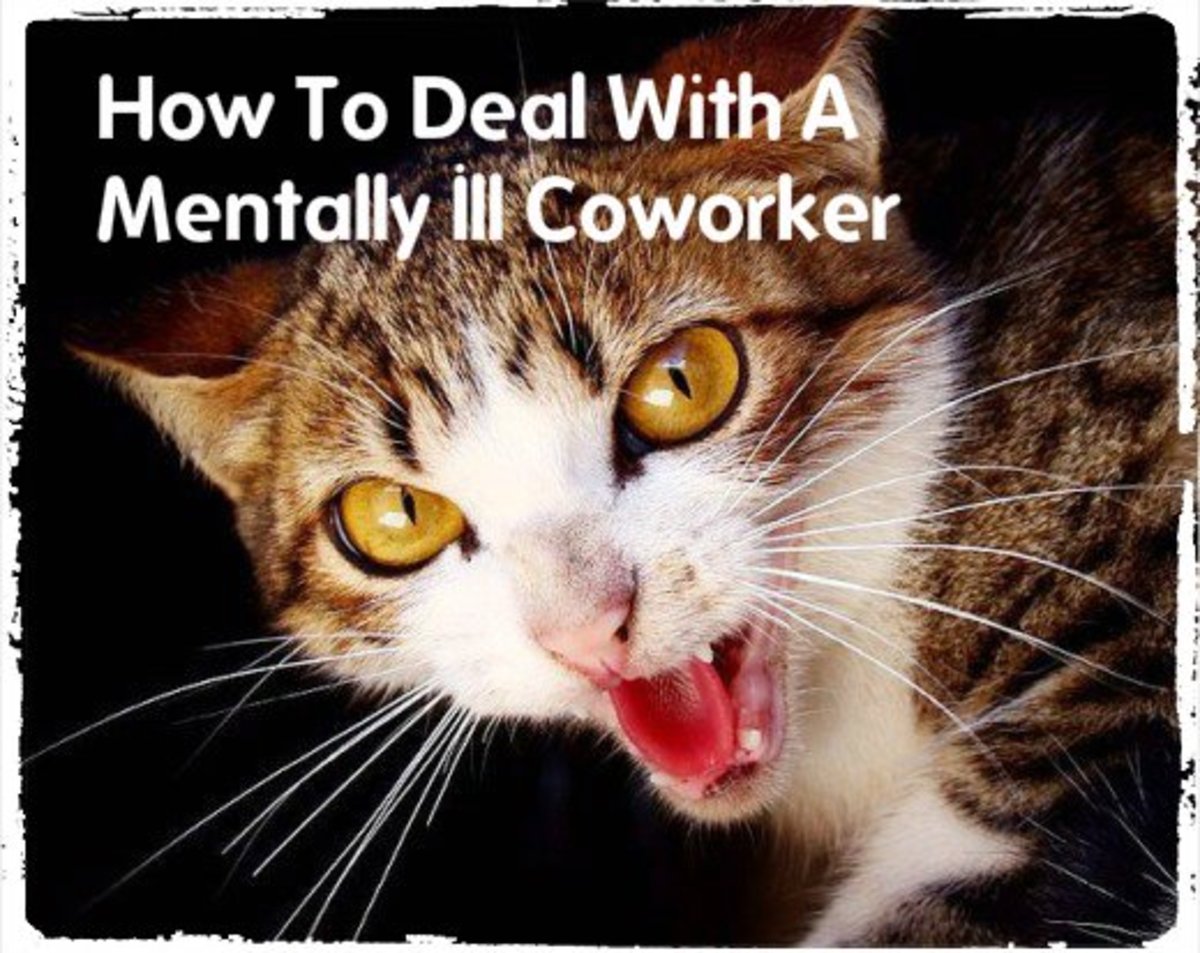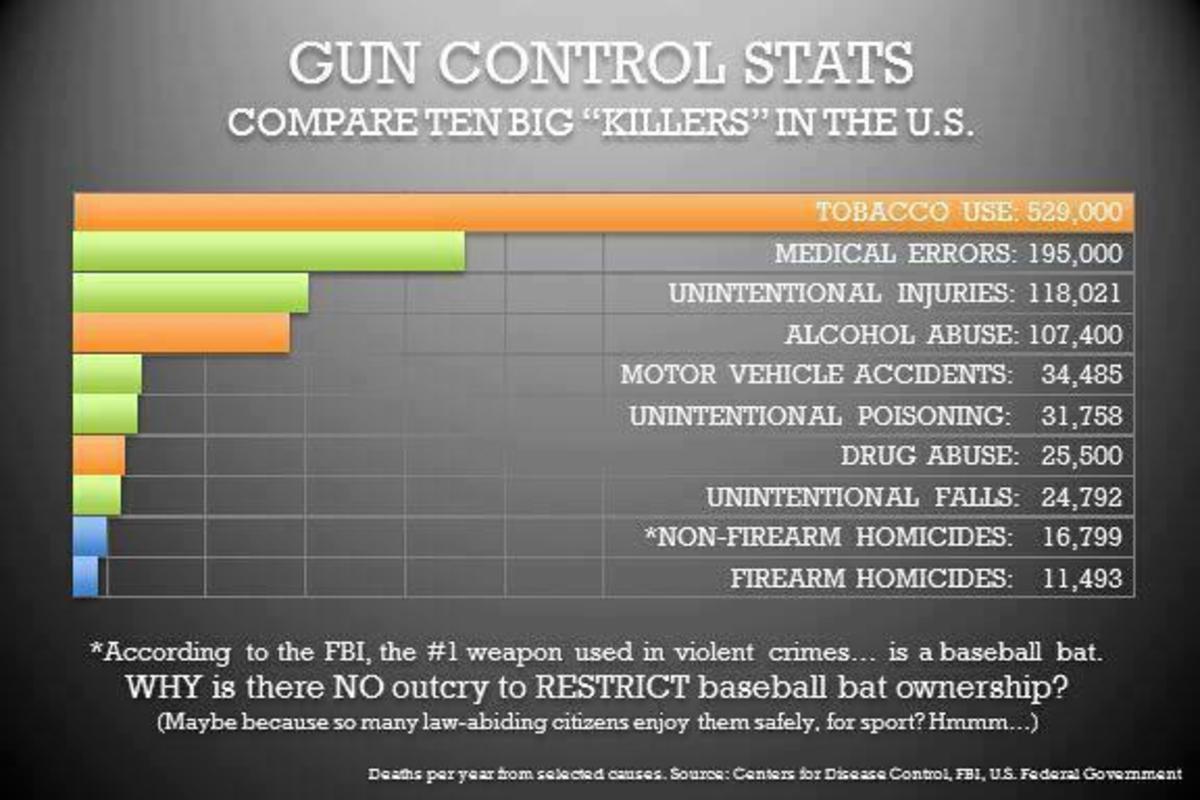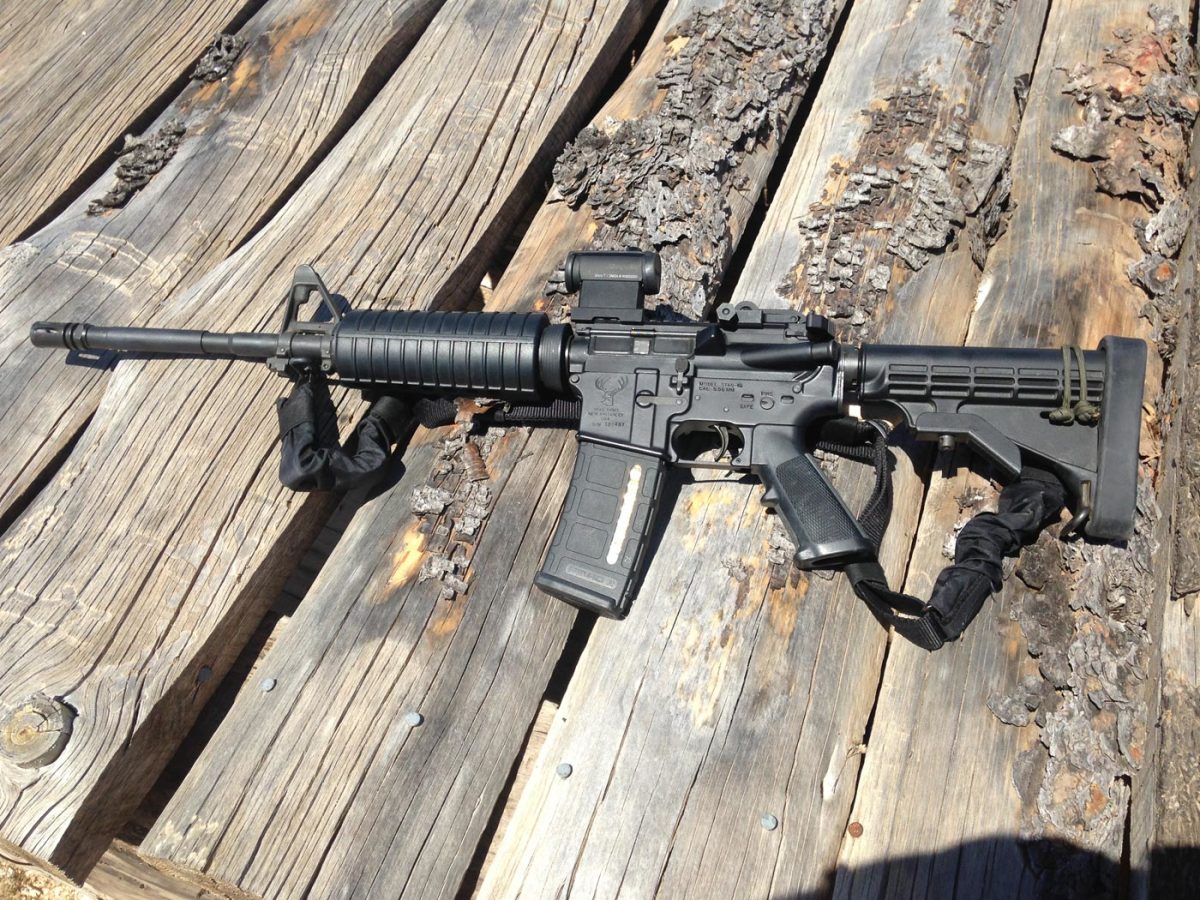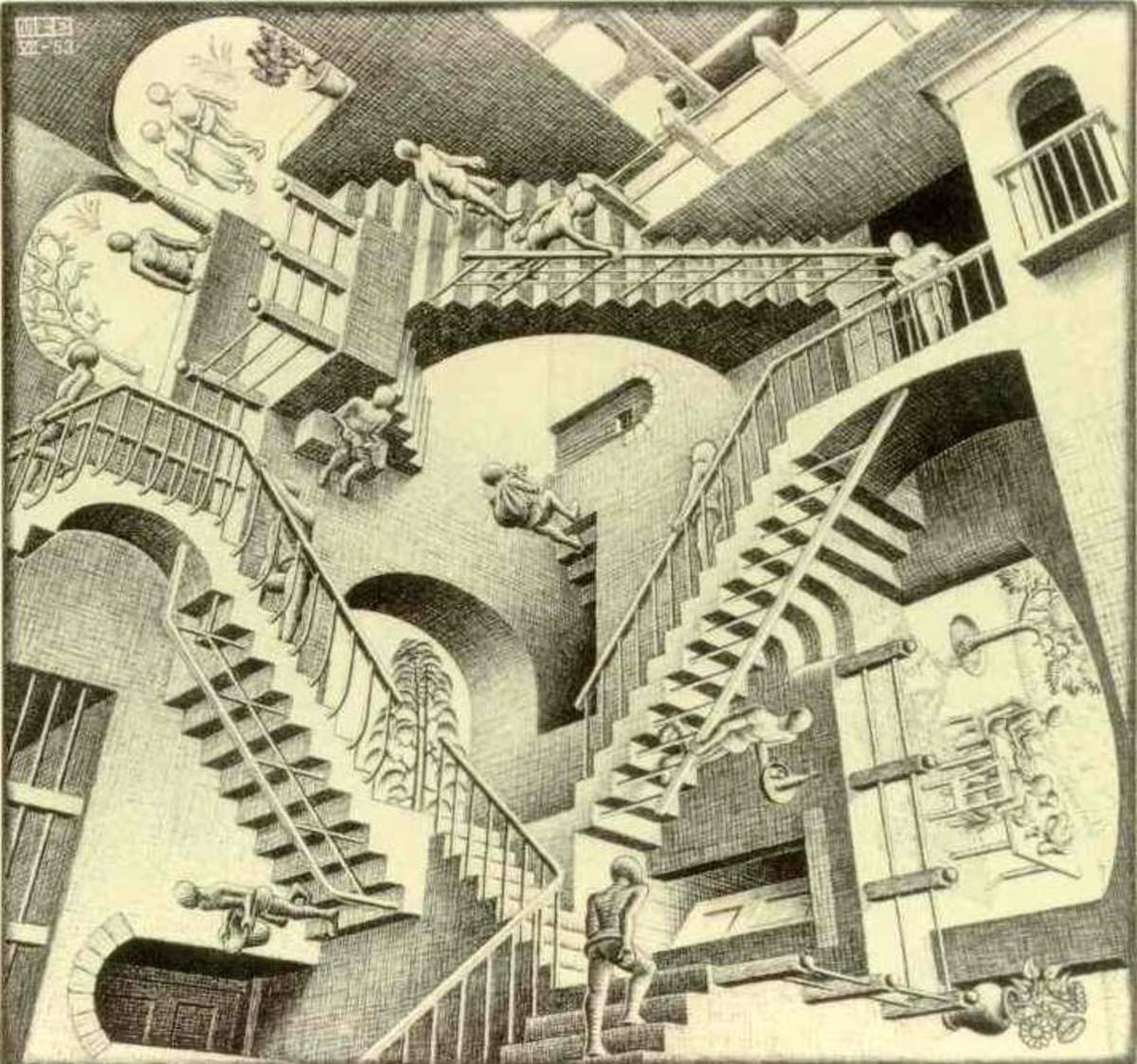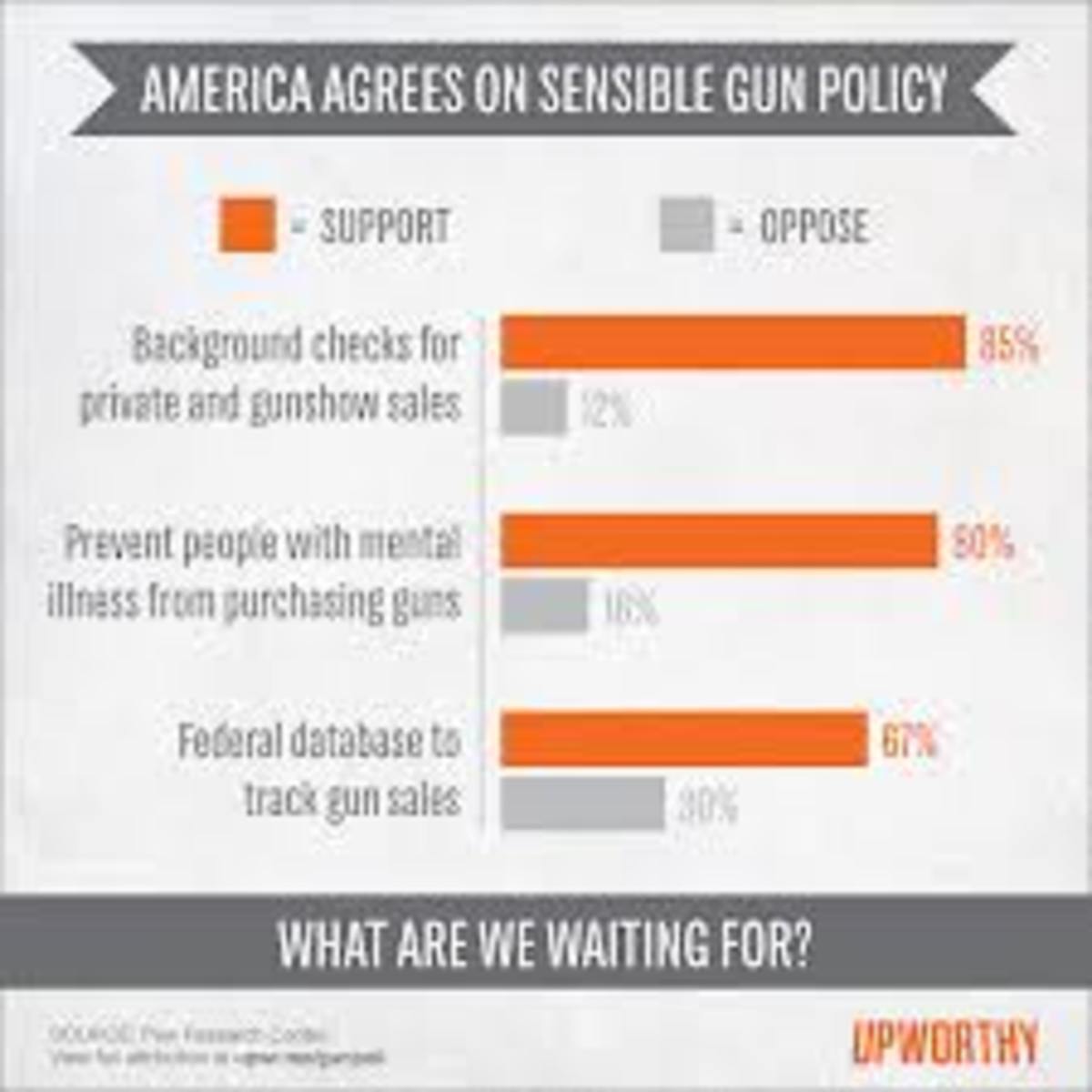Why Do We Need Gun Control?
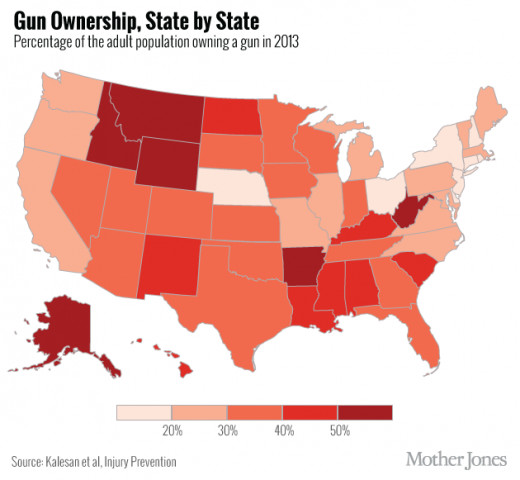
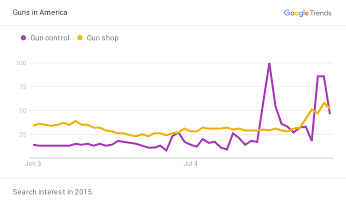
Despite the Critics, America is Asking for It
Ask the media or politicians, and they will inform you that America has an unfaltering love affair with guns. Suggest reform to gun laws, and you would be met with threats to, “Come and take it.” But, does the data support the claim that America is a pistol toting nation of gun enthusiasts unwilling to part with their grenade launchers and assault rifles?
The Pew Research Center’s most recent data on gun ownership states that approximately one in three Americans report that they or someone in their household owns a gun. Dissection of that data by an NBC report reveals that gun owners are primarily white men over the age of 55. However, per the United States Census Bureau, the average American is approximately 35 years old, more likely to be female than male and 75% white. Even more surprising than the fact that all of America is not constituted by older white men is that Pew data also reveals that a majority of Americans favor the control of gun distribution over the protection of the right to own guns.
However, it seems that the most vocal and influential group of individuals with regards to gun control is the demographic of older, white men. That's because the National Rifle Association is comprised of mostly white men and tends to be more politically engaged in crafting gun legislation than the general population. So, an all-encompassing issue is being influenced by a vocal minority of non-representative citizens. If the discourse was instead driven by the sentiments of the majority, gun legislation would likely pass.
Date
| Right to Own Guns %
| Control Gun Ownership %
|
|---|---|---|
12/1993
| 34
| 57
|
5/1999
| 30
| 65
|
6/1999
| 33
| 62
|
3/2000
| 29
| 66
|
4/2000
| 37
| 55
|
5/2000
| 38
| 57
|
6/2003
| 42
| 54
|
2/2004
| 37
| 58
|
4/2007
| 32
| 60
|
11/2007
| 42
| 55
|
4/2008
| 37
| 58
|
4/2009
| 45
| 49
|
3/2010
| 46
| 46
|
9/2010
| 46
| 50
|
1/2011
| 49
| 46
|
3/2011
| 48
| 47
|
10/2011
| 47
| 49
|
4/2012
| 49
| 45
|
7/2012
| 46
| 47
|
12/2012
| 42
| 49
|
1/2013
| 45
| 51
|
2/2013
| 46
| 50
|
5/2013
| 48
| 50
|
2/2014
| 49
| 48
|
12/2014
| 52
| 46
|
7/2015
| 47
| 50
|
The most recent data show that that a slight majority of Americans favor gun control laws being implemented more than the retention of gun ownership rights.
Blaming Gun Violence on the Mentally Ill is a Red Herring
The Kim Foundation, an organization which compiles data on the occurrence of mental illness estimates that in any given year, one in four Americans suffer from a mental illness. Of those diagnosable individuals, however, the National Alliance on Mental Illness reports that only 41% were treated for their mental health conditions in 2014. So, surely there is a mental health crisis in the United States, and news outlets and political commentators alike often parrot the same diatribe against the mentally ill and their propensity for violence following mass shooting tragedies. Furthermore, it seems like a commonsense connection- mass murderers are obviously mentally ill. Many might even remember Ann Coulter declaring, “Guns don’t kill people- the mentally ill do.” As a result of that sentiment, The National Rifle Association and like-minded organizations offered as a solution the creation of a registry of individuals with mental illnesses and the cooperation between mental health providers and local authorities to track individuals who might pose a risk to the public because of their diagnosis.
Besides an obvious exploitation of mentally unwell individuals and statements that could be potentially categorized as scapegoating, there is a dissonance between this seeming commonsense connection and statistical reality. Doctors Johnathan Metzl and Kenneth MacLeish published an article in the Am J Public Health Journal in 2015 evaluating the correlation between mental illness and gun violence as well as the sociological presuppositions that affect the national dialogue surrounding gun crimes. The study found that 85% of shootings occur when an acquaintance targets an individual within his or her social network. Random shootings by individuals are, in fact, too rare to even afford adequate data for statistical modeling. Furthermore, just around 5% of crimes in the United States involve individuals with mental illness. Additionally, those most often accused of mental illness by media and social commentators are minorities when the data are viewed historically. For example, civil rights leaders and political activists were often branded by the FBI as psychotic and delusional. Metzl and MacLeish posit that categorization of shooters as mentally ill is an extension of the historical tendency to demonize disadvantaged groups and scapegoat the problems of gun violence away from the upper class white men whose affinity for guns would be challenged by gun legislation.

There is a Model that Demonstrates Gun Control Effectiveness
In 1996, Australian headlines mirrored modern American headlines: “Mass Shooting at Café, 35 Dead, 23 Wounded”. The perpetrator used semi-automatic rifles which were readily available to any citizen. However, the reaction of the Australian government was not analogous to the American response. The tragedy was answered by a series of stringent gun laws. Aside from simply banning high-powered, semi-automatic firearms, the Australian government determined that gun buyers needed to justify the reason for buying a firearm in the first place. The defining feature of this feature of the legislation was that self-defense was not an acceptable reason for gun ownership. But, none of that matters if as gun control detractors insist nothing changed as a result of anti-gun legislation.
Australia has a 1 in 100,000 per capita “intentional homicide rate”. The rate of “intentional homicide” in the United States is quadruple that number. So, with a rate of 4 in 100,000 per capita intentional homicides, how many of those homicides were perpetrated using firearms? According to Pew, it was 3.6 per 100,000. It doesn’t take in-depth statistical analysis to understand that the data suggest that most of the homicides carried out in the United States were committed using guns. An article by the Washington Post (seen here: http://go.skimresources.com/?id=35871X943606&site=businessinsider.com&xs=1&isjs=1&url=http%3A%2F%2Fwww.washingtonpost.com%2Fnews%2Fwonkblog%2Fwp%2F2012%2F08%2F02%2Fdid-gun-control-work-in-australia%2F&xguid=&xuuid=facca5d75161ab4e05e7e2635a2931e6&xsessid=&xcreo=0&xed=0&sref=http%3A%2F%2Fwww.businessinsider.com%2Faustralia-gun-control-shootings-2015-10&pref=https%3A%2F%2Fwww.google.com%2F&xtz=300) reports that not only did homicides involving guns decrease by 59%, suicide rates dropped and non-gun related homicide did not increase. That’s significant because detractors often argue that a killer will kill regardless of the weapon available. Incidentally, the data show that when guns are no longer readily accessible, murder seems a less viable option.
Interview with Australian PM John Howard
Because "Mass" in "Mass Shooting" Refers to Many Lost Lives
- March 2005, Living Church of God Meeting Shooting, 10 dead
- March 2005, Red Lake Senior High School, 12 dead
- March 2006, Capitol Hill, Seattle, 7 dead
- October 2006, Amish School in Pennsylvania, 6 dead
- February 2007, Salt Lake City Mall, 5 dead
- April 2007, Virginia Tech, 22 dead
- December 2007, Omaha Department Store, 5 dead
- February 2008, City Hall in Missouri, 6 dead
- February 2008, Northern Illinois University, 6 dead
- March 2009, North Carolina Nursing Home, 8 dead
- April 2009, New York Immigration Center, 13 dead
- November 2009, Fort Hood, 13 dead
- August 2010, Hartford Beer Distributor, 9 dead
- January 2011, Gabby Giffords Event, 6 dead
- September 2011, Nevada IHOP, 5 dead
- October 2011, California Hair Salon, 8 dead
- February 2012, Chardon High School, 3 dead
- April 2012, Oikos University, 7 dead
- April 2012, Tulsa, Oklahoma, 3 dead
- May 2012, Seattle Café, 6 dead
- July 2012, Aurora Shooting, 12 dead
- August 2012, Sikh Temple, 7 dead
- September 2012, Minneapolis, Minnesota, 6 dead
- December 2012, Clackamas Town Center, 3 dead
- June 2013, Santa Monica, 5 dead
- September 2013, D.C., 12 dead
- April 2014, Ft. Hood, 3 dead
- May 2014, Isla Vista, 6 dead
- June 2015, Charleston Church Shooting, 9 dead
- July 2015, Chattanooga, Tennessee, 5 dead
- October 2015, Oregon Community College, 9 dead
- November 2015, Colorado Springs, 3 dead
- December 2015, San Bernardino, 14 dead
254 lives lost should legitimize the need for a reassessment of gun laws. However, the power of influence is not currently possessed by the majority. Shifting the sphere of influence begins with recognizing that the current discussion of gun control is encumbered by misinformation and redirection. A factual discussion of gun violence, its grim reality and its systemic causes could spur a shift in legislative action.

